Deputy jolted by electricity while retrieving women’s bodies from Lake Tuscaloosa
By: STEPHEN CREWS
TUSCALOOSA, Ala. (WIAT) — Investigators are looking into the possibility that electricity may have played a role in the drowning death of two women last week.
According to Tuscaloosa Metro Homicide, investigators are looking into electric shock drowning as a possible cause of death for the two women, 34-year-old Shelly Darling and 41-year-old Elizabeth Whipple, who went missing after sunbathing Friday afternoon. Their bodies were retrieved from the lake early Saturday morning.
“We’re not 100 percent sure what caused it, but we do know there was electricity going through at least part of the pier, because one of our officers did receive what appeared to be electric shock,” said Lt. Kip Hart with the Tuscaloosa Metro Homicide Unit, adding that the officer was O.K. “We’re waiting on the full report from the medical examiner to determine exactly what happened.”
Hart said foul play is not suspected.
Both women worked for the University of Alabama School of Law at the legal clinic.



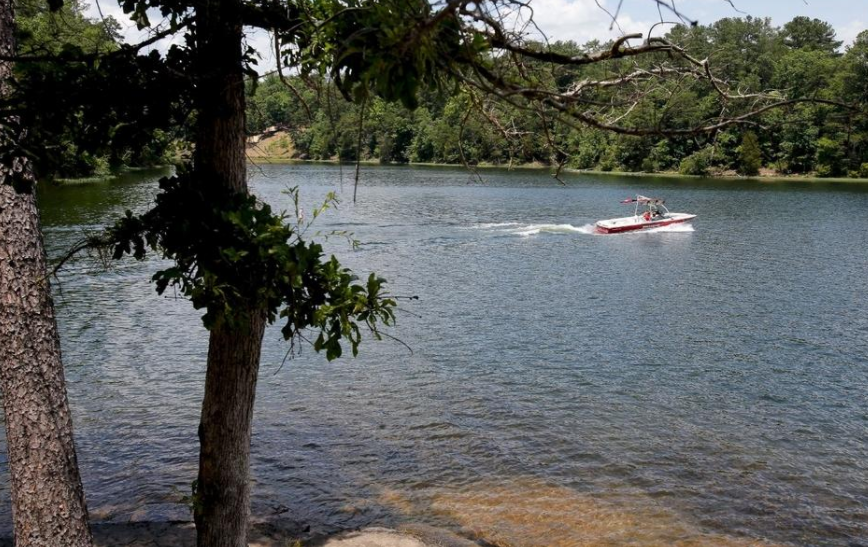
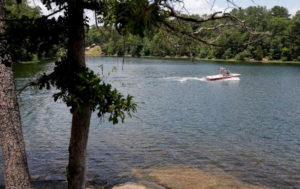

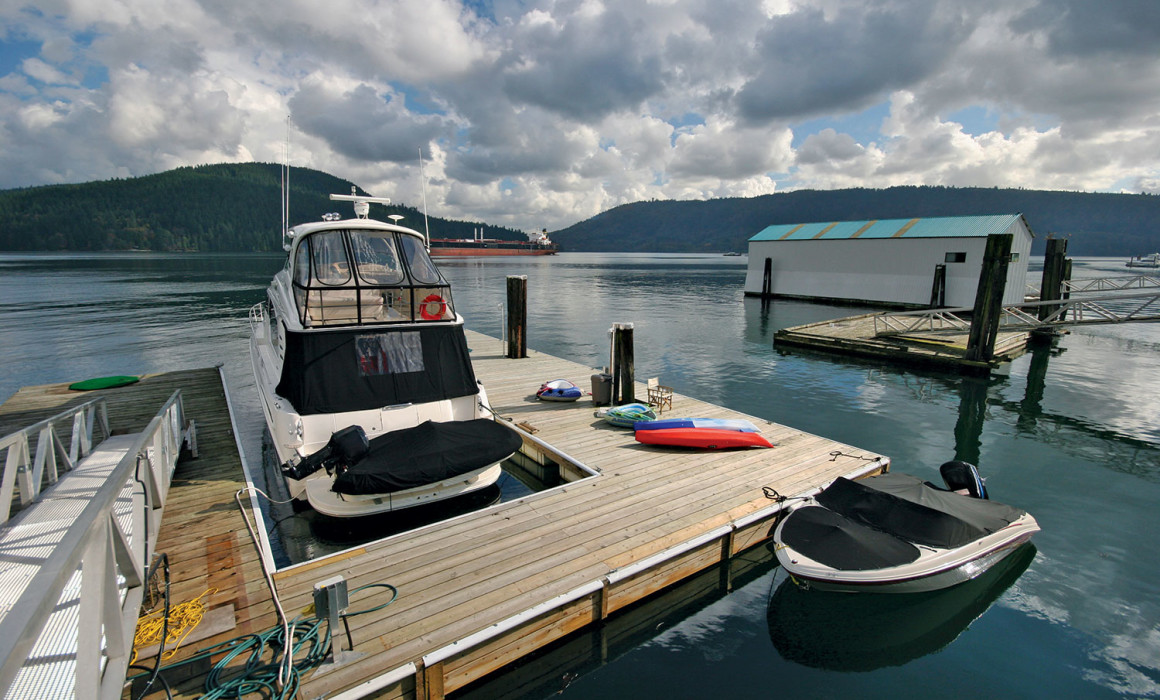
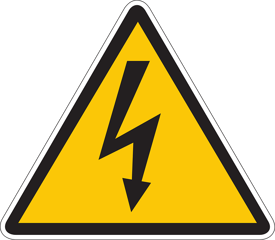



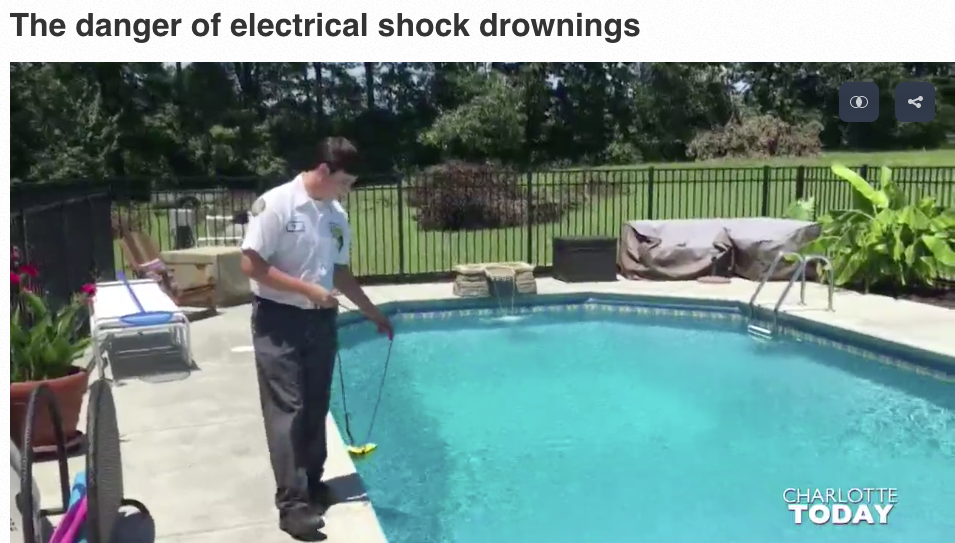


Recent Comments